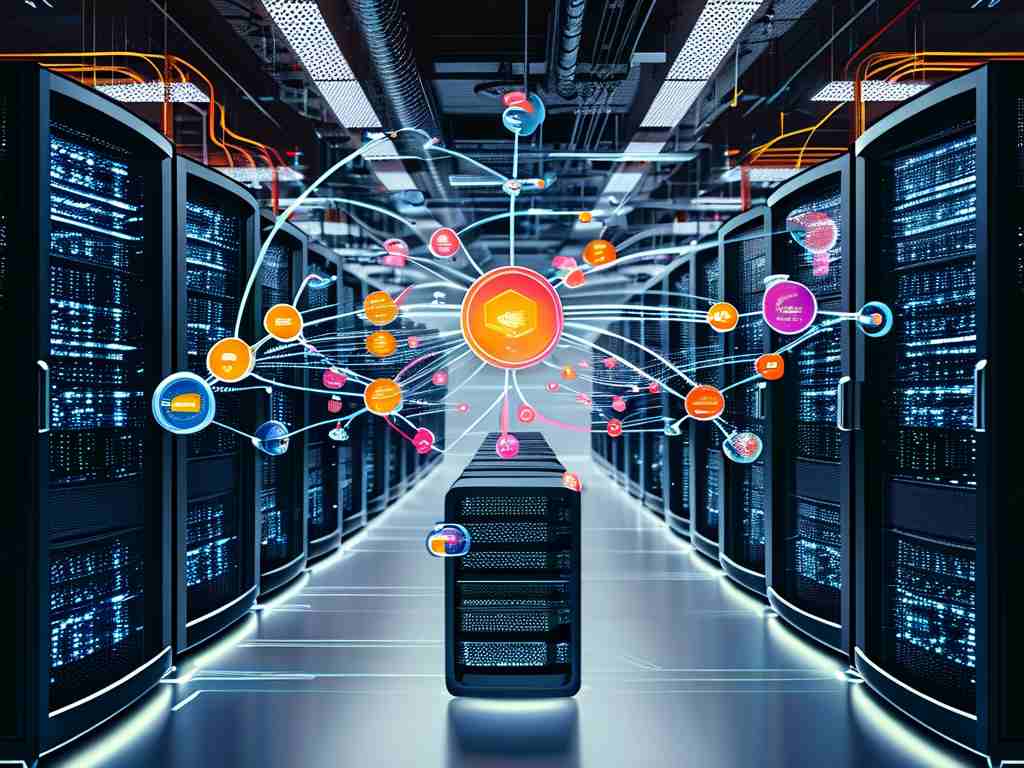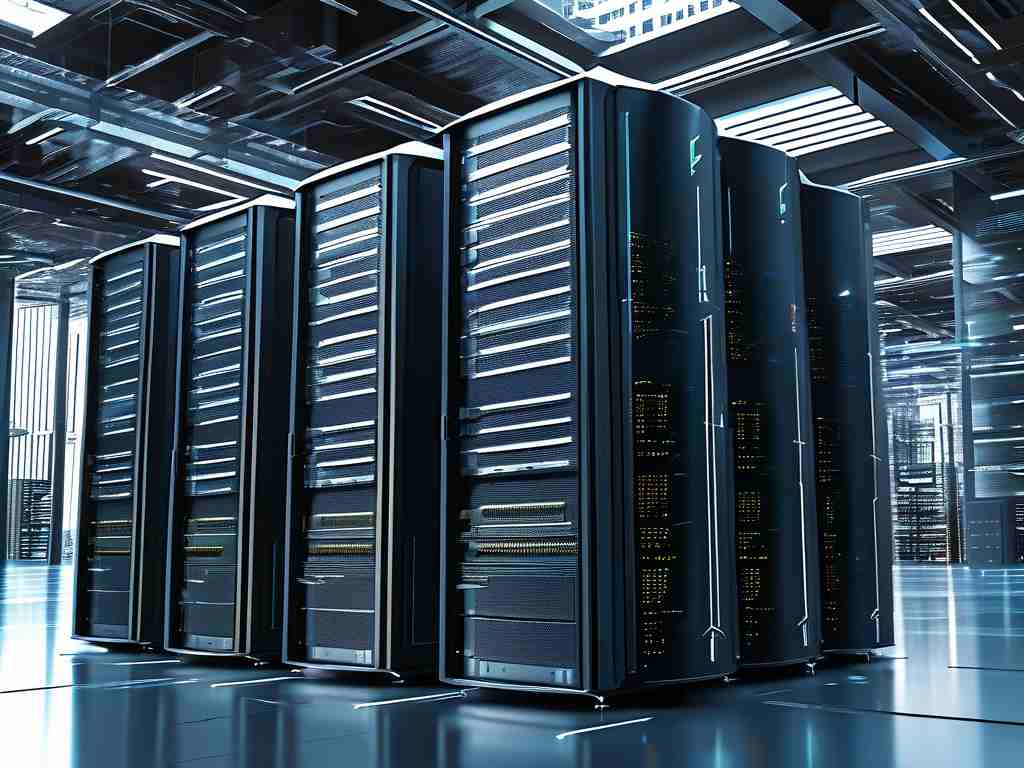In the rapidly evolving landscape of computing, distributed heterogeneous computing architecture has emerged as a transformative paradigm for tackling complex computational challenges. Unlike traditional homogeneous systems that rely on identical processors, this architecture integrates diverse hardware components—such as CPUs, GPUs, FPGAs, and specialized accelerators—across a networked environment. By combining varied computational resources, it optimizes performance, energy efficiency, and scalability for workloads ranging from artificial intelligence training to real-time data analytics.

The Core Principles
At its foundation, distributed heterogeneous computing operates on two key principles: resource diversity and task orchestration. Resource diversity ensures that each node in the network contributes unique capabilities. For example, a GPU cluster might handle parallelizable tasks like image rendering, while an FPGA array processes low-latency signal filtering. Task orchestration, managed by intelligent middleware, dynamically allocates workloads to the most suitable hardware based on factors like latency requirements, power constraints, and data locality.
A practical implementation might involve a cloud-based system where edge devices (e.g., IoT sensors) offload computation-heavy tasks to centralized GPU servers, while intermediate nodes handle data preprocessing using FPGAs. This tiered approach minimizes bottlenecks and maximizes throughput.
Advantages Over Traditional Models
One standout advantage of this architecture is its adaptive efficiency. Homogeneous systems often struggle with underutilization—imagine using a high-end CPU for simple I/O operations. Heterogeneous systems, however, match tasks to hardware strengths. Machine learning inference, for instance, can be delegated to tensor-core-equipped GPUs, achieving 10–20x speedups compared to CPU-only setups.
Energy savings further underscore its value. Studies show that hybrid CPU-GPU configurations reduce power consumption by up to 40% for scientific simulations. In large-scale deployments, such as hyperscale data centers, this translates to millions of dollars saved annually.
Real-World Applications
From autonomous vehicles to genomics research, distributed heterogeneous computing is reshaping industries. Consider a self-driving car: its onboard CPU manages sensor fusion, while a GPU processes computer vision algorithms, and a dedicated AI accelerator predicts pedestrian movements. These components work in concert through a distributed framework, enabling real-time decision-making.
In healthcare, researchers leverage FPGA clusters to accelerate DNA sequence alignment. By distributing workloads across specialized hardware, analysis that once took weeks now completes in hours—a critical improvement for time-sensitive treatments.
Challenges and Solutions
Despite its promise, this architecture introduces complexity. Interoperability remains a hurdle, as integrating disparate hardware requires standardized communication protocols. Tools like OpenCL and CUDA have mitigated this by providing unified programming models, but vendor-specific optimizations still demand careful tuning.
Another challenge is dynamic resource management. As workloads fluctuate, systems must rebalance tasks without downtime. Emerging solutions employ machine learning to predict resource needs. For example, Kubernetes-based orchestrators with AI-driven schedulers can preemptively allocate GPU nodes before peak demand hits.
The Road Ahead
The future of distributed heterogeneous computing lies in autonomous adaptability. Imagine systems that self-configure based on workload patterns, blending cloud, edge, and quantum resources seamlessly. Early prototypes, such as IBM’s hybrid quantum-classical platforms, hint at this potential.
Moreover, the rise of chiplets—modular processor components—could revolutionize hardware design. By assembling custom chiplets for specific tasks, systems might achieve unprecedented flexibility. Pair this with advancements in photonic interconnects, and latency could drop to nanosecond levels, enabling near-instantaneous distributed processing.
In , distributed heterogeneous computing architecture represents more than a technical evolution—it’s a strategic enabler for next-generation applications. As industries grapple with escalating data volumes and computational demands, embracing this paradigm will be key to maintaining competitive advantage. Developers and organizations that master its intricacies today will lead the charge toward a faster, smarter, and more efficient digital future.




